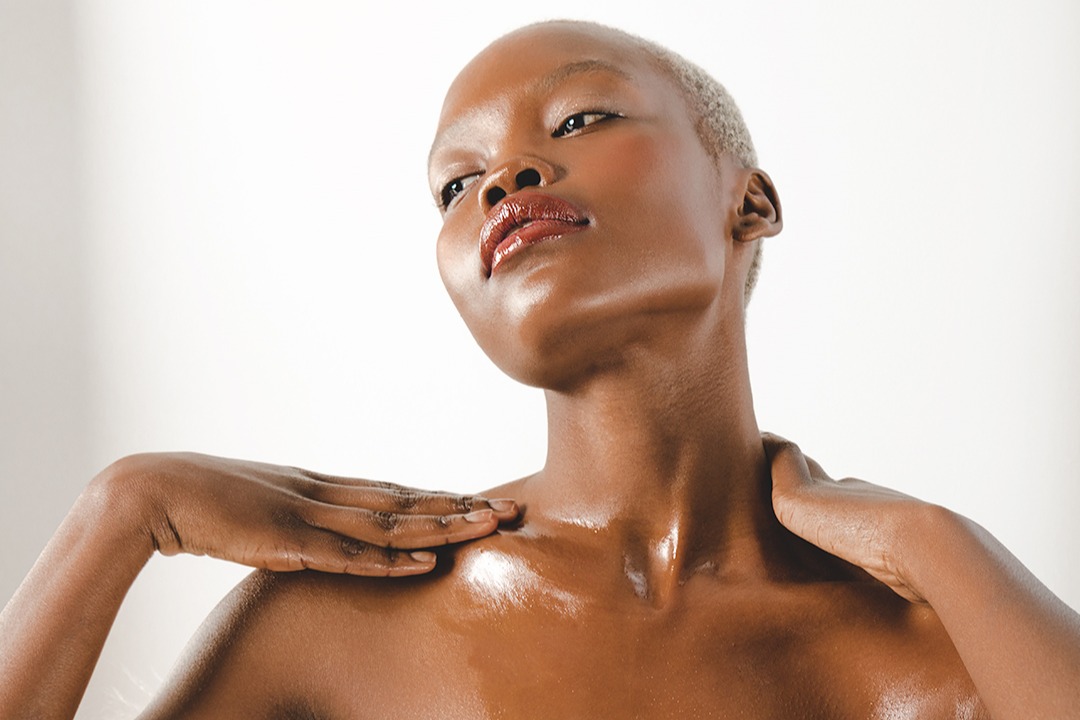What is the proper way to apply body oils? What types of skin do they benefit, and what types do they harm? We have gathered popular dermo-cosmetologists’ advice and presented in front of you.
What exactly are these oils?
Oils are extracted from various plants’ leaves, seeds, and stems. Cosmetic body oil is a chemically complex mixture of fatty acids high in carotenoids and antioxidants.
What are oils used for?
They keep moisture inside the skin from evaporating. This results in forming a pseudolipid mantle, a barrier that protects against dehydration.
Do you require oils at any time of the year?
The condition of your skin is more important than the season. However, in the winter and off-season, the skin is much drier: due to central heating, a lot of clothes that disrupt heat exchange, and temperature difference at home and on the street. But it can occur in other seasons as well.
What exactly is “dry oil”?
Dry oil is a marketing definition, not a commercial definition. The oil contains a high concentration of polyunsaturated fatty acids, which are quickly absorbed and leave no residue. Avocado oil, rosehip seed oil, sesame oil, grape oil, and sunflower oil are common ingredients in such products.
Now you might question: “I’ve heard that oils do not nourish but rather dry out the skin. Is this a legend?” The truth is that the oils do not moisturize themselves. This is where understanding what moisturizing entails come in handy.
It is the act of introducing and retaining water in the skin. Humectants are substances that draw moisture from the dermis or the environment. Oils, on the other hand, are classified as softeners and emollients. They soften (fill the gaps between the scales in the stratum corneum, smoothing the skin) and seal in what the skin already has. However, it slows the skin’s exchange and water transfer from the depths to the upper layers.
Pure oils cannot “add” water to the skin because they are not present in their composition, unlike creams emulsified with oil, and may contain additional humectant ingredients.
Can body oils cause allergic reactions?
Dermatologists say “yes”. Essential oil extracts are found in some oils. They can penetrate the lipid barrier and have toning, anti-cellulite, and draining properties. They may, however, be allergic. Therefore, before using any product, it is essential to test it on the bend of the elbow.
What is the proper way to apply the oils?
Is it required after a shower? Or can I do it whenever I want? Oils perform best on smooth skin. The most important thing is to exfoliate, peel, and scrub the skin properly. If some dead skin flakes remain, the oil will soak through them, forming a crispy oil cake that will be useless.
Experts recommend that you warm the oil to body temperature by holding it in your hands before using it.
Should I use it on wet or dry skin?
A little damp. Water drops and oil particles form a film similar to our hydrolipid mantle.
How much oil should be used?
It all depends on your skin type. The oil is completely absorbed after 3-5 minutes, which indicates the correct “dosage.” If this did not occur, it is possible that you consumed too much product. Also, remember that without emulsifying agents, pure oils are not entirely absorbed.
So? Wipe away any excess?
It is preferable to blot rather than rub. Make use of a dry towel or wipes.
How frequently should I apply body oils?
Do not do it every day. Maximum of 2-3 times per week. Don’t forget to peel the potatoes.
Is it possible that the oil will spoil?
Without a doubt. The oil can oxidize, become rancid, and lose its valuable properties over time. So please keep it in a dark, room-temperature location. Also, pay attention to the package’s expiration date.




